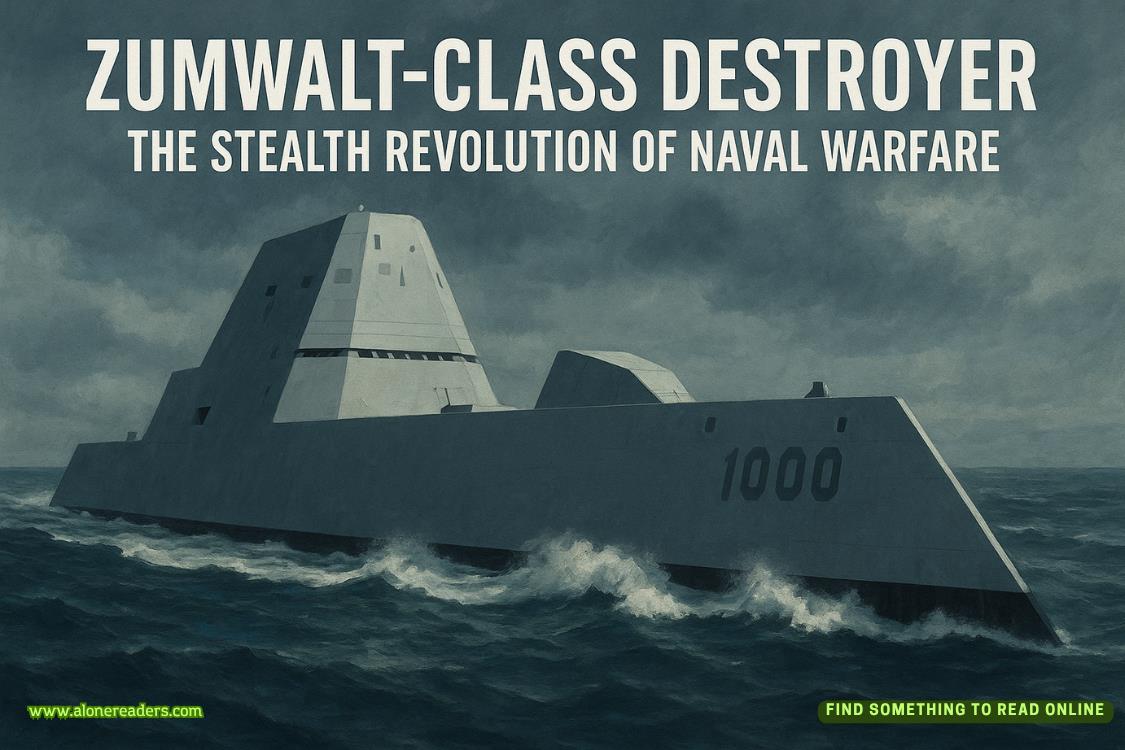Page 147 of South of Nowhere
Through the phone, Gutiérrez asked if he could get one too.
Dorion took a photo of hers and sent it to him.
Colter looked over the sheet.
Bear was Waylon Foley, forty-three.
Combat in the Middle East, dishonorable discharge for stealing small arms and freelancing as a mercenary on weekends. Witnesses recanted so they just kicked him out, he wasn’t court-martialed. Lives mostly off the grid. Used to own a firearms restoration shop in Montana. But the past ten years has been suspected of putting together teams for high-priced hits—and a few heists. NCIC has quite a profile. Interpol and Europol Bank accounts totaltwo million. Other accounts probably but they’re hidden. He likes elaborate plots, setting up fall guys.
Impressive plan indeed, Colter reflected. Two layers of misdirection. He led everyone to think that the levee sabotage was put together by Redding, who wanted to destroy the town for lithium. But in case the team tipped to that, he had a backup: setting up Annie Coyne.
The memo added:
Foley’s MO is that he operates on a need-to-know basis. Never tells the people he hires who the ultimate client is. He’s known for his watertight compartments.
Interesting metaphor under the present circumstances.
“Tamara Olsen” was in reality Alisette Lark, thirty-four. She was a former adult film performer, a profession not known for fine acting skills, though she was clearly an exception.
Colter read:
Married at 19 to her quote “manager” then got divorced two years later and quit the business. She went on to pursue a very different career. She was never arrested but records show she’s been questioned in a dozen schemes involving extortion, internet fraud, crypto fraud, felony larceny, conspiracy to commit homicide. All suspected. Nothing has ever been proven.
Fell’s report also disclosed the IDs of the two corporals. Lawrence Williams was really Devon Smith, who worked in a gym in Oakland and ran with the Fifth Street Bloods. Robert McPherson was Trey Coughlin, a small-time drug dealer suspected of two hired killings, also in an East Bay crew.
Tolifson said, “If the profiles’re accurate, the watertight thing, none of them know who’s the boss.” He added absently, “Too bad Foley’s dead. He’s the only one who could finger the ultimate perp.”
Mary Dove smiled pleasantly. “Hewastrying to shoot my children.”
Gutiérrez spoke from the phone. “I have a thought.”
“The floor is yours,” Tolifson said.
“Dorion was telling me about that guy who came to see us, Howie Katz. From the chip company.”
Colter explained to those in the room who weren’t aware. “Community relations, GraphSet Chips in Fort Pleasant. Offered anyone displaced from town by the flood a payment or interest-free loan to rebuild. I see where you’re going, Ed.”
Gutiérrez nodded. “Blowing the levee and diverting the river could mean less flooding in Fort Pleasant, less risk of damage to the company.”
Annie Coyne said, “But destroying the town just to save your inventory?”
Tolifson said, “An inventory that’s probably worth a billion dollars.”
Colter: “So Katz comes to Hinowah, talking about helping the town out after the levee goes, but it’s just an excuse to check out the progress of the erosion firsthand. If it wasn’t enough he’d order Foley and the others to blow the second set of charges.”
Then another thought occurred. He said, “Water.”
Those in the room looked his way. He said to Coyne, “You were telling me about the bottled water company in Fort Pleasant. One of the biggest in the country?”
“Olechu Springs,” Tolifson said. “Three dollars a bottle retail, and that’s one hell of a markup when you don’t pay for your raw materials.”
Dorion asked, “Would they have an interest in diverting the river? Was it polluting the source?”
Gutiérrez said, “Or maybe flooding would damagetheirprocessing plant and wells. A water company destroyed by water.”
Annie Coyne said, “There was a big controversy when they were looking for a place to build their plant.”
Tolifson added, “That’s right. Remember it well.”















